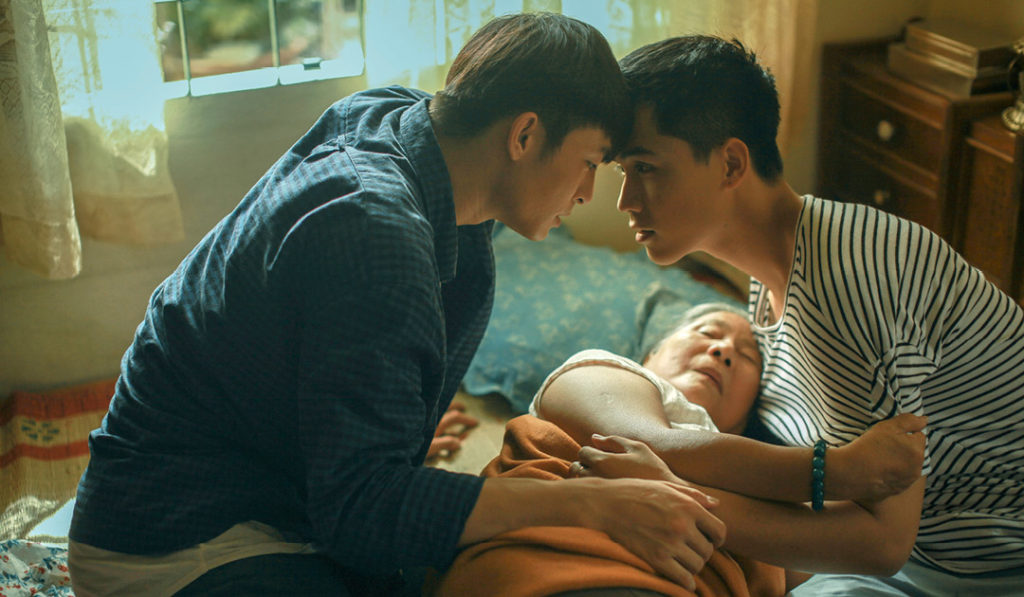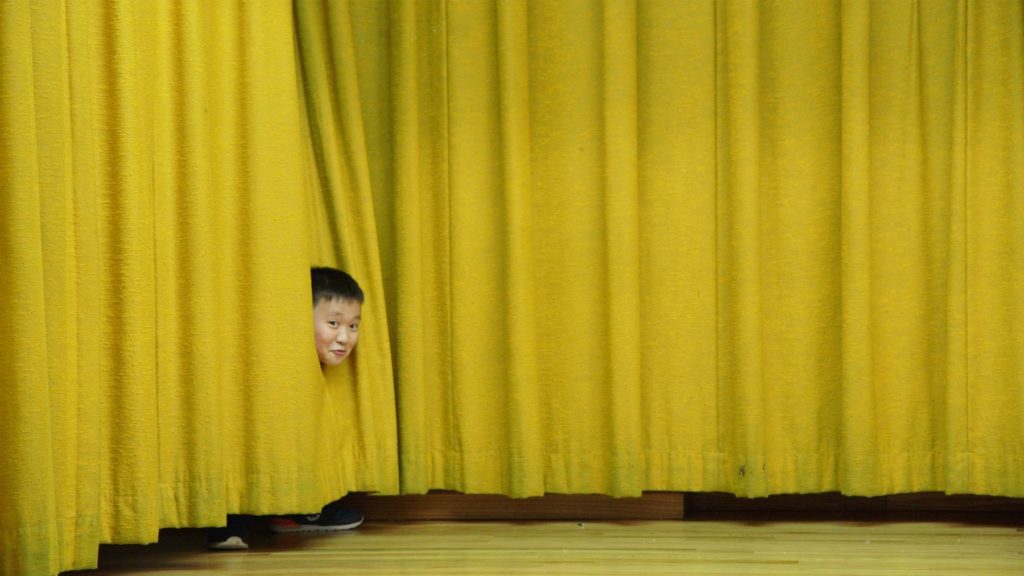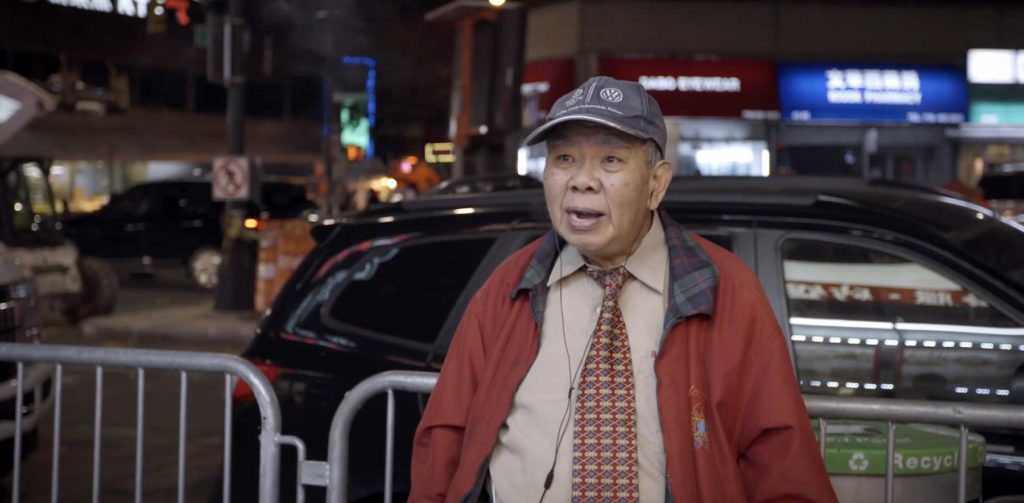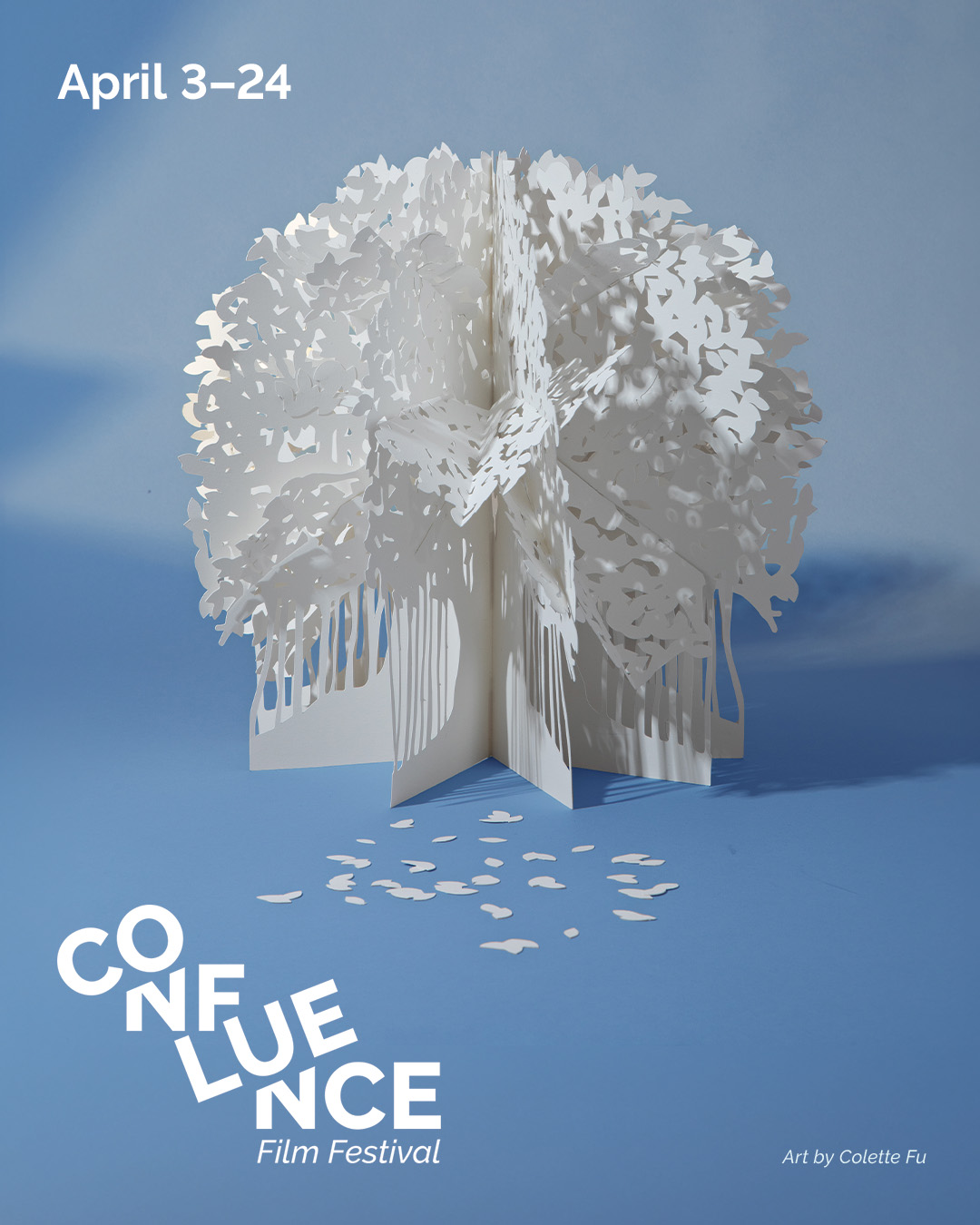Coming Home and Coming Out: Director Trinh Dinh Le Minh on Creating Vietnamese LGBTQ representation
PAAFF’s Centerpiece Narrative film, Goodbye Mother, starts with Van, who is returning to Vietnam for the first time after 9 years away for the moving of his father’s tomb. Although, he has a few other things in mind, namely coming out to his family and telling them about his boyfriend, Ian, who also is along on the trip. In our interview with Director Trinh Dinh Le Minh, Minh talks about creating a Vietnamese LGBTQ film outside of the usual cannon, the film’s emphasis on relationships, and more. Tell me about what drew you to this story. Trinh Dinh Le Minh: The theme of individual choices versus family expectations is one of my main interests and obsessions. Furthermore, choosing this story for my feature debut offers me a nice balance between what’s inside and outside my comfort zone. What surprised you in the process of creating this film? What did you learn? Trinh Dinh Le Minh: The greatest challenge of working in this film is keeping the balance between the intimacy of 2 and 3 character scenes and the complexity of group scenes. And the cast really inspired me! Lanh Thanh and Vo Dien Gia Huy showed their passions, sensitivity, determination, and great chemistry in their debut feature film. And Hong Dao, who played the mother in the film, surprised me everyday on set. She has been known for years as a comedian in TV shows, and this can be considered as her comeback in films in a drama role. What did you find challenging in creating LGBTQ Vietnamese representation? What was important for you to get right? Trinh Dinh Le Minh: Vietnamese audiences have been familiar with LGBTQ films as tragedies, or homosexuality as a topic of fishing with hot scenes or ridiculous laughs. In my take, Goodbye Mother was made with a calm, natural and emotional perspective. I chose to explore the family relationships over a turbulent love story. And I want to look at an LGBTQ relationship in correlation with family, especially in a traditional three generation Asian household entailing a lot of dependence and expectations between family members. The relationships are a huge focal point – between secret lovers, between mother and son, and more – and your scenes do a lot to capture and depict these. Can you tell me about this? Trinh Dinh Le Minh: We are all surrounded by different relationships in our lives. We live in relationships and the relationships define us. I tried to look at a secret, even ‘forbidden’ love on a larger whole, that is family, to see more clearly the problems young people have in balancing personal choices and family expectations. Many reviews have talked about how “Goodbye Mother” holds space both for comedy as well as drama. Tell me about the decision to do so and how you balanced those two elements? Trinh Dinh Le Minh: It was a big challenge for me not to fall for either melodrama or comedy in this film. I feel it matches the tone of every family. We all feel warm and suppressed, happy and sad being a part of a family. I always had to find a point of being humorous, bittersweet or wistful in this film. The grandmother is in the early stage of Alzheimer’s and she’s a great actress herself in this film. Her love for Van is always unconditional. Her relationship with Ian is both lovely, humorous and poignant. On the other hand, Van and Mrs. Hanh’s relationship is much more serious with love and secrets. Once they can confide to each other, their relationship can heal and last. Tell me about your favorite scene from the film. Trinh Dinh Le Minh: My favorite scene of the film is the ending scene of the film. For those series of shots, the production had spanned 8 days. I felt the pressure directing the ending as it’s hard to balance and keep the consistency of performance, visuals and emotions. It played out really well with plans, improvisation, creativity and emotions on set. And finally the editing and music articulate them! “Goodbye Mother” has topped Netflix Vietnam as one of the 10 most watched programs. Why do you think it’s had this strong of a response from audiences? Trinh Dinh Le Minh: I think it’s because the audience had a personal connection with the film. We all have mothers, grandmothers, a family, a lover, we all have conflicts over personal choices and family expectations… Somehow, I hope the movie will make us understand our parents more, our family, our home which are both noisy, and peaceful, but also full of pressure. I also hope the audience will fall in love with the women in the movie, and realize the beauty of imperfections in individual choices. What have been some memorable reactions from fans that you’ve seen? Trinh Dinh Le Minh: I was touched by the fact that some fans have watched it more than 10 times in cinema. And there were some who watched it with their moms and families as a way to confide. What do you hope different audiences take from this film? Trinh Dinh Le Minh: I hope they will feel the dilemma of the characters as well and the beauty of imperfect solutions which our characters face in the film. To watch “Goodbye Mother,” you can 1) pre-order a single rental pass, 2) purchase a Features Pass for access to all features, excluding opening and closing or 3) purchase a Features and Shorts Rental Pass which additionally includes access to shorts. You can purchase tickets here. Watch the “Goodbye Mother” team’s Q&A live on 11/4 at 8:00pm EST.





